Older adults can save tens of thousands of dollars annually by choosing assisted living communities over aging in place in their homes.
Unlike point solutions, Inspiren unifies resident safety, care planning, staffing, and emergency response into a single AI-powered platform.
An artificial intelligence-powered virtual assistant platform for senior living and care providers.

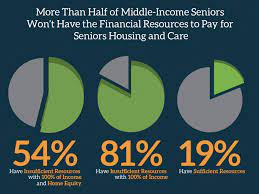
 back for some. You probably think the inevitability of tech change is mostly positive. And in a macro sense, maybe it is. But for some older adults, it’s one negative experience after another. The
back for some. You probably think the inevitability of tech change is mostly positive. And in a macro sense, maybe it is. But for some older adults, it’s one negative experience after another. The 
 What a week – chaos at OpenAI plus the rise of scam innovation. This weekend exposed a conflict at
What a week – chaos at OpenAI plus the rise of scam innovation. This weekend exposed a conflict at 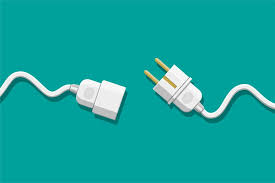 What changed in technology adoption of older adults? Ranting about
What changed in technology adoption of older adults? Ranting about  Trends worth noting about care work.
Trends worth noting about care work.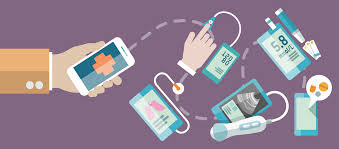 Why AI will be an enabler for care work. Healthcare delivery is migrating away from the hospital. As care delivery and consumer expectations change, the traditional fee-for-service model has already morphed into the new era of
Why AI will be an enabler for care work. Healthcare delivery is migrating away from the hospital. As care delivery and consumer expectations change, the traditional fee-for-service model has already morphed into the new era of 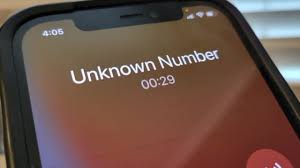 For those few who still have landline phones, scammers make them ring. It has become a source of entertainment in our home to string
For those few who still have landline phones, scammers make them ring. It has become a source of entertainment in our home to string  What is care coordination and why is it so elusive? Catching my eye – a relatively new company, Sage, offers a ‘
What is care coordination and why is it so elusive? Catching my eye – a relatively new company, Sage, offers a ‘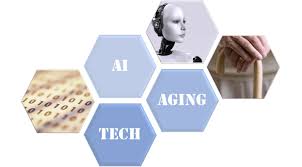 The US population is aging and will be needing more care. You read it every day in the popular press – the bad news about the 65+ and their future care burden and the good news about the 65+ and their wealth (22% of US spending in 2022). Even with wealth, older adults at some point in their lives will need some level of assistance. While professional care providers will play a key role, increasingly their work will be augmented by software -- apps, machine learning and conversational AI. Why?
The US population is aging and will be needing more care. You read it every day in the popular press – the bad news about the 65+ and their future care burden and the good news about the 65+ and their wealth (22% of US spending in 2022). Even with wealth, older adults at some point in their lives will need some level of assistance. While professional care providers will play a key role, increasingly their work will be augmented by software -- apps, machine learning and conversational AI. Why?